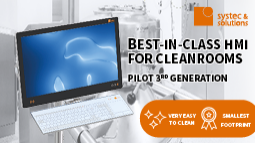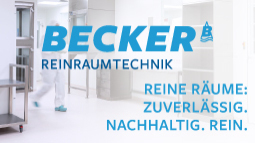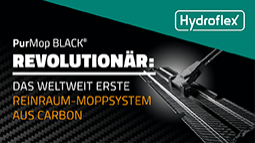Life-saving robots on the rise
Computer-assisted surgery is steadily making inroads across the world, improving patient care and recovery as well as enabling hospitals to better control costs.
Robots would make ideal surgeons, says physician and researcher Catherine Mohr. They never tire and are always as precise as possible when it comes to performing complex procedures in the fields of urology, gynecology or oncology. And with surgical robots, humans are always in control, sitting at a console to guide the machine’s multiple arms and attached tools.
“It’s an extension and augmentation of the surgeon,” Mohr explains. “It takes the surgeon’s skills and filters out any tremors and allows precise motions on a very small scale. That gives surgeons the dexterity and intuitiveness of motion, even when they’re working through very small incisions. It’s hard to imagine any procedure we do as humans that wouldn’t be improved by better information, dexterity, vision and navigation.”
Mohr probably knows more than most trained surgeons about robots in the operating room. Since 2006, she has been the Director of Medical Research for Intuitive Surgical, the California-based maker of the da Vinci robots. Considered an oddity when they were first introduced in 1999, the machines – some 2,400 so far – have found their way into operating rooms around the world. Most are in the U.S., but robot deployments are also growing fast in Europe, Latin America and Asia.
The rise of surgical robots is due to several factors, Mohr says: “Patients benefit when surgery can be minimally invasive rather than done with incisions large enough to get a surgeon’s hands into. It reduces the risk of complications and the need for blood transfusions. In many cases, patients don’t have to spend time in the intensive care unit and can go home after a few days.”
Using a robotic helper therefore helps hospitals and health-care systems keep perioperative costs down, and surgeons can perform physically demanding procedures repeatedly and still feel fresh at the end of the day. Mohr points to a study in Sweden where minimally invasive surgery reduced the period of paid sick leave for patients from seven weeks with open surgery to less than two weeks.
There is a lot of development work and innovation still to come. Mohr calls the current state of computer-assisted surgery merely the first phase. “The second phase will be about integrating new clinical knowledge and information into the robotic platform to aid in clinical decision-making,” she says. “The surgeon’s eyes are limited to the visible spectrum. But with cameras, we can overlay three-dimensional vision and use near-infrared and fluorescent dyes to see nerves, blood vessels and tumors deep inside the body.”
Robotic surgery is steadily expanding its reach, from orthopedics, prostate procedures and hysterectomies to more complex procedures such as operating on lung cancer or even removing the pancreas – the so-called Whipple procedure. “That’s the Holy Grail of open surgery that only a few expert surgeons tackle,” Mohr says. “It is incredibly invasive. Surgeons have begun performing this procedure with the da Vinci robot, but only in a few centers.” As far as removal of the prostate is concerned, robots have already become the standard, she says.
In her career, Mohr has embraced several scientific fields, but sustainability has been an underlying theme. After studying robotics in graduate school and working on innovative new cars, airplanes and fuel cells to keep the planes aloft for months, she attended medical school to study surgery, linking this knowledge with her robotics work. The native New Zealander now talks regularly to her peers and students across the U.S. about the urgent need to kindle more interest in science, culminating in two appearances at the renowned TED conference.
Mohr is passionate about bringing sustainable technology into all realms of life. She and her husband spent years designing and fine-tuning their house in Silicon Valley, blogging regularly about what it means “when geeks build green.” An app on her smartphone allows her to check the house’s up-to-date consumption of water and electricity.
This emphasis on sustainability is the reason why Mohr doesn’t believe robotic systems are a precursor to full-on telesurgery. “I think that’s a misguided notion,” she says. “First, the robot is not an autonomous device. Human judgment can’t be replaced when lives are at stake. Second, you would need uninterrupted, reliable high bandwidth to transmit the commands to control the robot remotely. And third, and most important, telemedicine does not solve the systematic problem of the uneven global distribution of resources and know-how.” Instead, Mohr champions the idea of telementoring. “You need to train people to provide basic life support locally,” she says. “Then you can connect a good surgical technician through an audio and video link with a skilled mentor who walks them through a procedure. That’s a scalable and sustainable approach.”
Precision Tubing for the Operating Room
Every surgery requires highly reliable systems and components to handle fluids such as blood, waste products, gases and external fluids. Once these components were made from stainless steel; today, storage tanks and tubing are manufactured out of thermoset materials such as polyurethanes, silicones and acrylics and are disposable. Trelleborg provides a wide range of hoses, silicone sheeting, custom-molded components and seals that are used for intravenous lines and catheters, as well as other medical equipment.
Trelleborg AB (publ)
231 22 Trelleborg
Sweden












